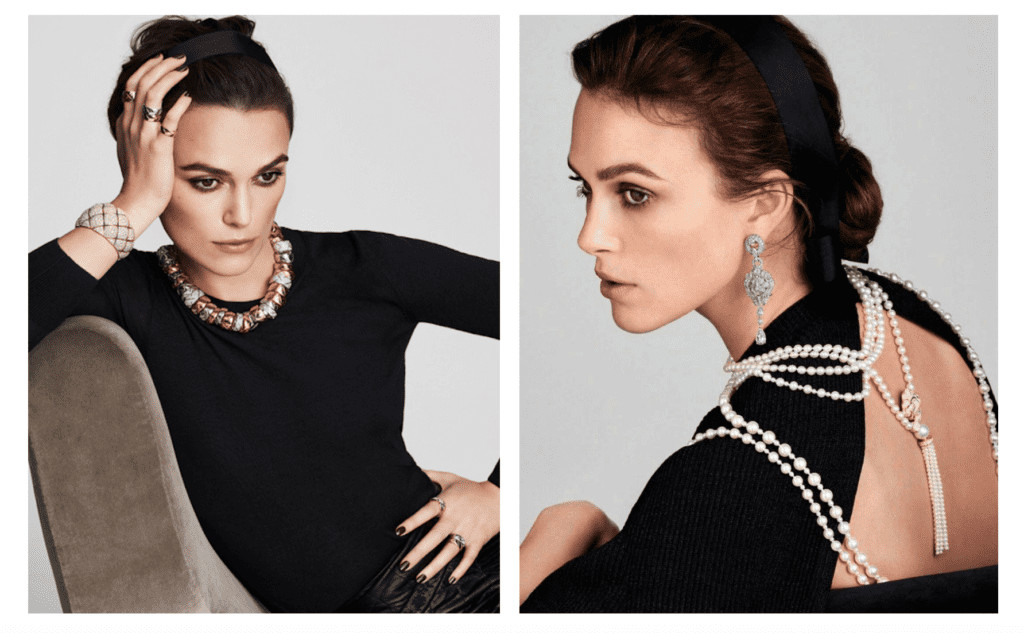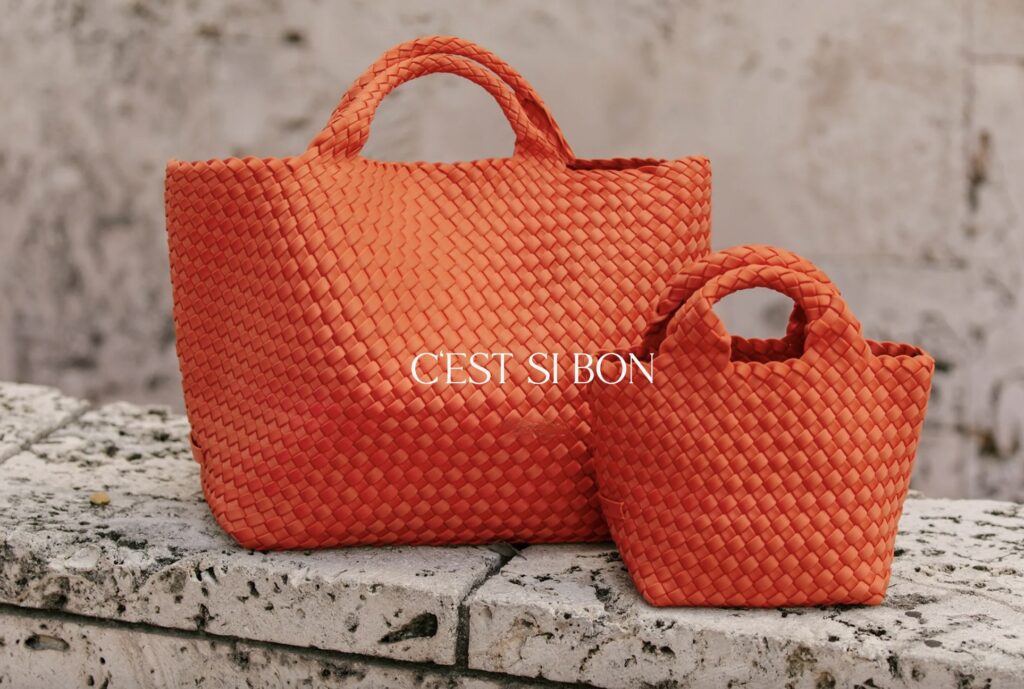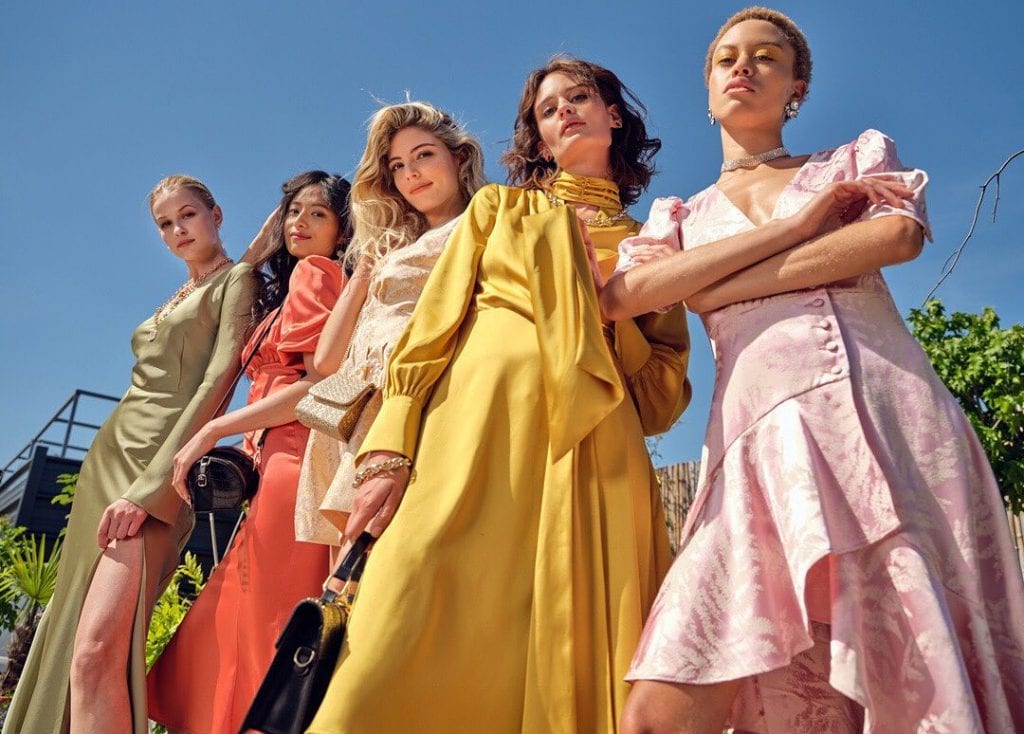In July 2016, a Chinese government agency initiated an investigation into a jewelry store located in the country’s sprawling, Pearl River-side metropolis of Guangzhou. Acting on a tip from an anonymous third-party, the Administration for Industry and Commerce of Haizhu District – an entity that has since been merged into the State Administration for Market Regulation – raided Zhou-Bai-fu, the barely two-year old jewelry store owned by Chinese native Ye Meng-zong. Among the bling that government agents found? Goods in the shape of Chanel’s double “C” logo, which representatives for Chanel confirmed were fake.
The Administration for Industry and Commerce probe resulted in a September 2016 Penalty Decision, in furtherance of which the agency confiscated the goods in question and required Ye Meng-zong to pay Chanel RMB80,000 (nearly $12,000). Chanel parlayed that decision into what would become a multi-year litigation by filing suit against Ye Meng-zong a few months later in the Guangzhou Haizhu District People’s Court, seeking additional damages of RMB100,000 (nearly $15,000).
The notoriously protective brand accused Ye of trademark infringement and counterfeiting. Despite arguments from Ye that his now-closed store was merely a franchise of the much larger Hong Kong Zhou-Bai-fu Jewelry International Group, and that all of his products were approved by the franchisor before sale, including the allegedly infringing ones, making him the improper defendant to pursue, the court was unpersuaded.
Siding with Chanel, the Guangzhou Haizhu District People’s Court found that Ye’s unauthorized use of the “double C” mark did, in fact, amount to trademark infringement, and ordered him to pay Chanel RMB60,000 (nearly $9,000) in damages – a little more than half of the sum Chanel was seeking – due to “the level of harm, nature of business, business scope, scale of operation, time of infringement, infringement area, [and] the value of infringing goods,” among other factors.
Unsatisfied with the court’s decision, Ye Meng-zong appealed the decision to the Guangzhou Intellectual Property Court with the primary issue, according to the court, being “whether the shape of the [allegedly counterfeit Chanel] products, alone, could be deemed infringing.” In other words, was the double “C” logo that formed the shape of the pieces of jewelry acting as a trademark – and thus, identifying the source of the products – or was the double “C” shape being used more in a decorative capacity? And if the logo was being used in a source-identifying capacity, were consumers likely to be confused about the source of the products?
As previously reported by Taiwan-based intellectual property firm Tsai Lee & Chen, the court held that “there was no evidence to prove that when Ye’s store sold the products in question there was any chance that the shape of products … was used as a trademark.” Additionally, the court determined that there was not “evidence of any circumstances to indicate that Ye … was, in any way, misleading consumers” about the source of the products, nor was there any evidence that “ordinary consumers with a general level of understanding would deem that they were purchasing Chanel products.”
With that in mind, the court determined that Chanel had not sufficiently made its case for trademark infringement or counterfeiting, and held that the lower court’s decision should be vacated, marking a significant win for Ye and a loss for the 110-year old couture house.
As Tsai Lee & Chen notes, the Guangzhou Intellectual Property Court’s decision that the shape of Ye’s products were not used as a trademark and so, there was no infringement at play, “has aroused widespread concern in the industry.” The firm goes on to characterize the “unacceptable conclusion” as “nothing less than a justification for counterfeiting.”











